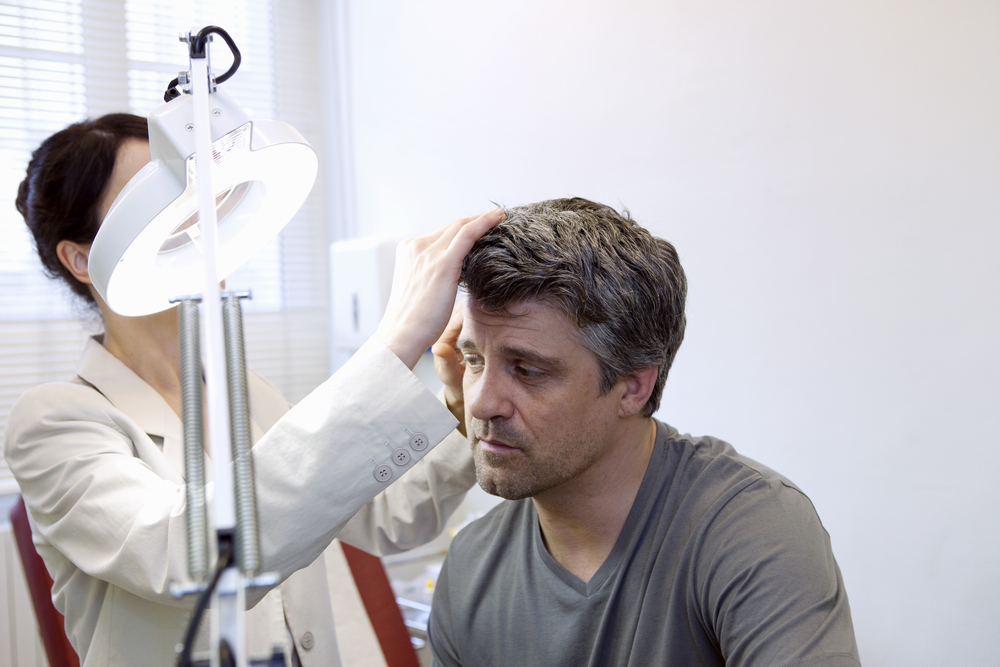TYPES
There are several types of Alopecia areata that might exist on any gender, age, or race. Each class is defined by the level of hair loss and its existing symptoms. Each type is also treated with slight differences.
Alopecia areata (patchy hair loss)
The most notable characteristic of this type is patchy hair loss. This condition can expand and may result in alopecia totalis or universalis.
Alopecia Totalis
It is the total hair loss on the scalp.
Alopecia Universalis
This is the total hair loss on the scalp and the face. The eyebrows, eyelashes, and other hair in the front is reduced or have fallen totally. Also, it may lead to possible body hair loss.
Diffuse Alopecia Areata
This is the sudden thinning of the hair. It does not come in patches in certain parts of the hair in the scalp, but this is a total thinning of hair.
Ophiasis Alopecia
This is the type of hair loss that is characterized by a band along the lower back and sides of the scalp.
SYMPTOMS
Hair loss is the common symptom of alopecia areata. The hair falls from the scalp, forming hairless patches in the scalp.
Hair loss is not limited to the hair in the scalp but also in facial hairs and body hairs.
Clumps of fallen hair might be noticeable on the pillow when you have alopecia. But in some rare cases, total and sudden hair loss may be alopecia totalis or universalis.


